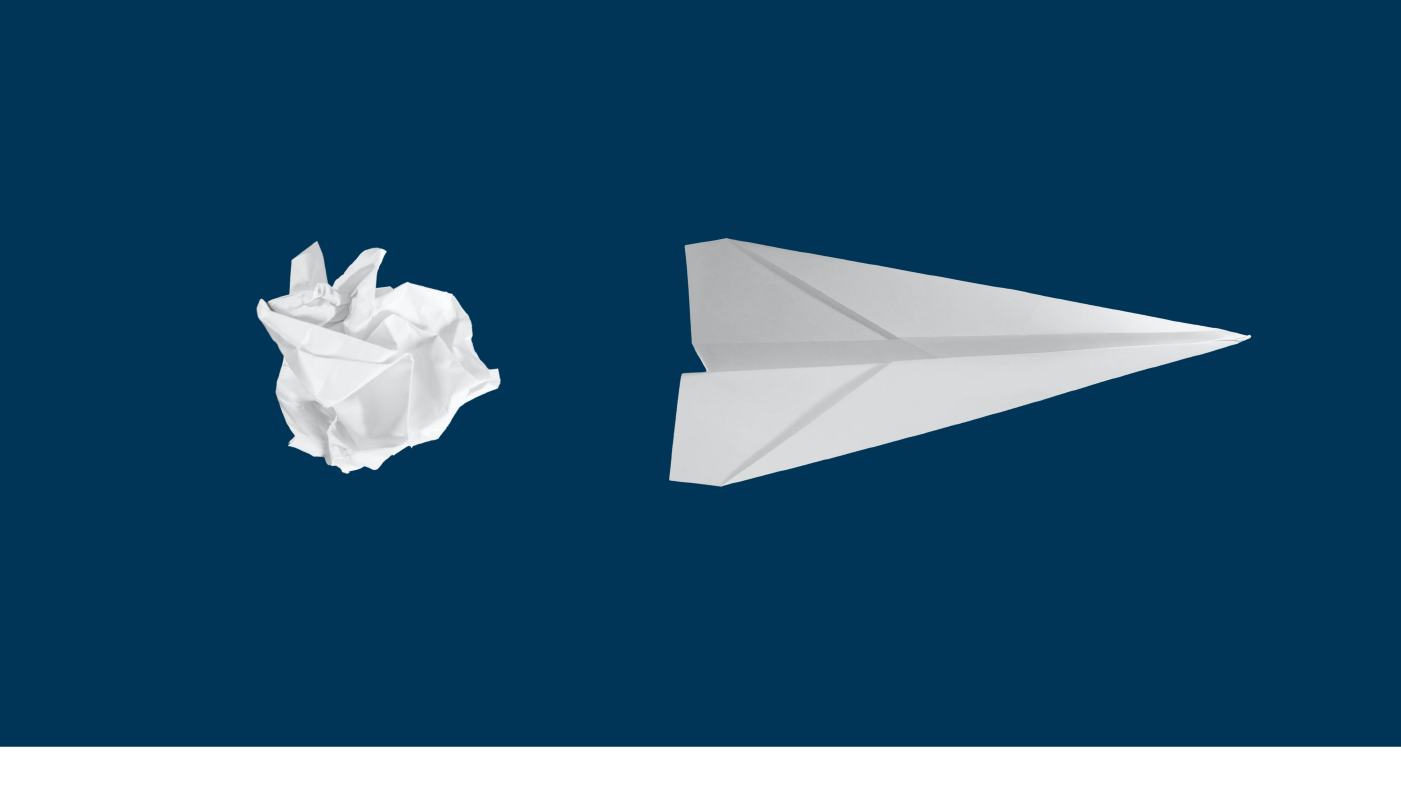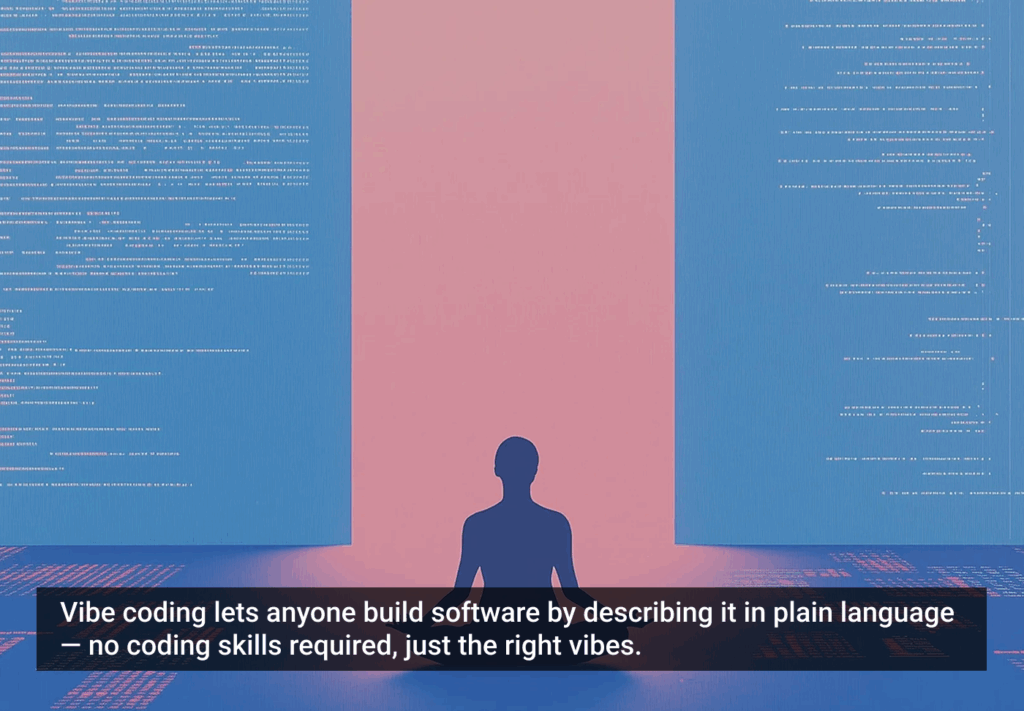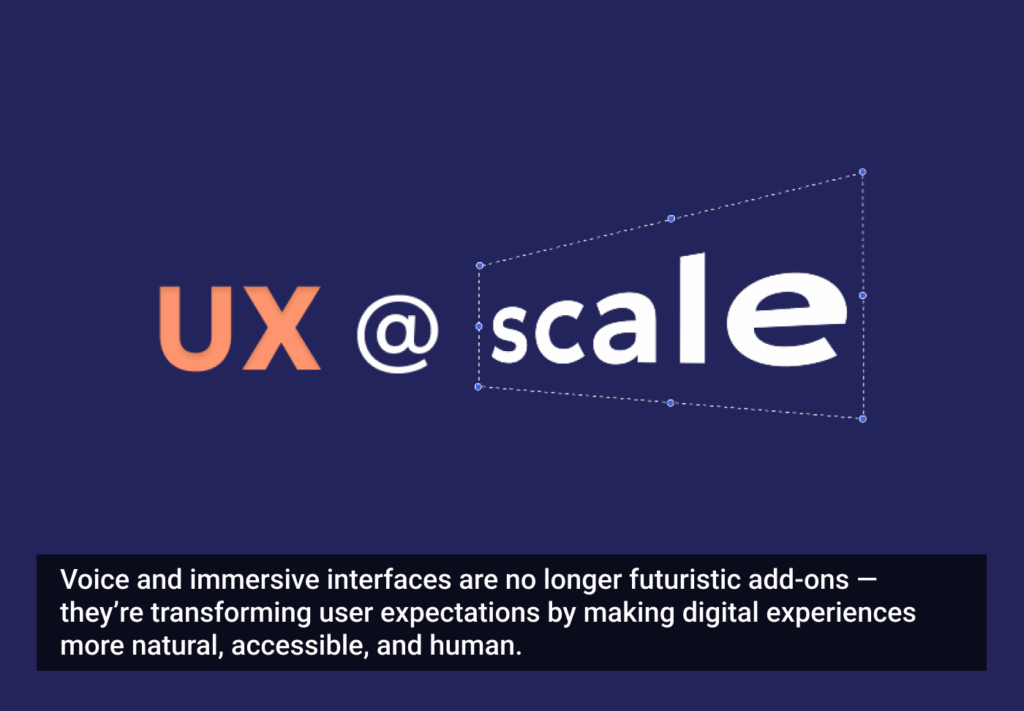Digital acceleration through COVID-19 has proven that you actually can teach an old dog new tricks. We have seen companies’ executives rolling up their sleeves to come up with new solutions that kept their companies on the frontline of their market. We have also seen companies that failed, not willing to change, now losing revenue. So how is it that some companies turned their innovation practices into a competitive advantage and others are chasing their tails in this unprecedented time?
Think future-back, not only present-forward
Present-forward thinking means building an organization in increments, building upon the rules and procedures that work today. On the other hand, future-back thinking visualizes what an organization could be, starting from a clean sheet. The clean sheet method comes in real handy in crises like the one we’re facing because it’s an ‘innovate or die’ kind of situation for some businesses. One thing to remember is that future-back thinking must not replace present-forward thinking — they should always be complementary.
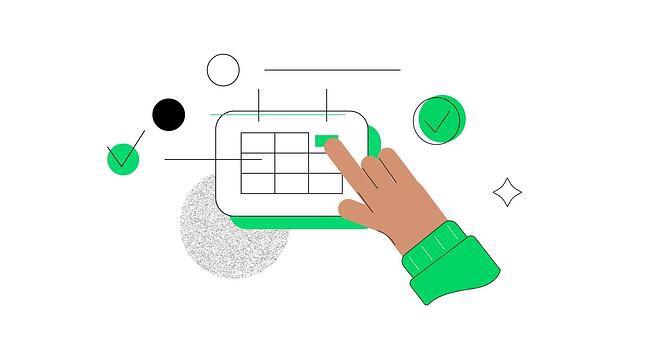
The business landscape has changed; deal with it
One of the reasons that digital transformation programs fail is that teams will return to their old habits soon after the change happens. Usually, when the crisis comes, some see it as a window of opportunity, while others will look at the past recessions and try to learn from them. One may think that the crisis will end someday, and things will come back to normal. But for some businesses, this might not be the case, as this crisis is different. Some users were hooked on the idea of online shopping and may prefer to keep doing it, and offering only offline shopping might not be a viable option anymore.
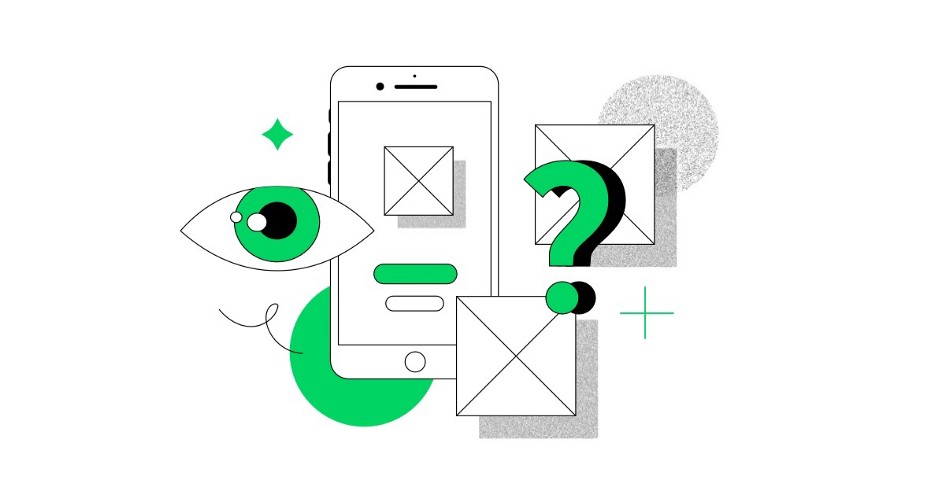
Be agile and validate your ideas quickly
Agile methodologies have become a must for innovation labs and product teams. Companies have come to understand that they need to find a way of validating their ideas fast instead of engaging in months’ worth of development to discover they have built a product that no one wants to use. We can observe that the Sprint methodology invented by Jake Knapp during his time at Google has had a massive impact on how innovation teams solve business problems and are widely used across innovation labs.
In the beginning, we had no clue how long the crisis was going to last (we are not much closer to understanding that eight months down the road, either), and the best we could do was to come up with a hypothesis. “If I were a customer stuck at home, working remotely for weeks, I would be more open to buying shoes online.” Such a hypothesis was behind the numerous mobile applications that use AR to help the customers try on shoes without leaving their homes.
KYC, but really… know your customer
Whether it’s an external or internal customer, those are the people that pay your paycheck if you work in the innovation field. Historically, innovation departments would focus on new technologies, trying out which of them would actually work, without having a specific business context. Thankfully, this time has passed, and innovation teams now have the responsibility for increasing the chances of building products and services that succeed in the market.
We observe changes to customer behavior that are not linear, and their stickiness will depend on satisfaction with the new experiences. While at the beginning of the lockdown, customers were more forgiving as far as user experience is concerned, now it’s no longer the case. Also, let’s remember the quote from Clayton M. Christensen’s The Innovator’s Dilemma “Blindly following the maxim that good managers should keep close to their customers can sometimes be a fatal mistake.”
Invest in the right talent
As difficult as the situation is on the job market, it has made some amazing people available for new challenges. While they will not be on the lookout for a new position for long, attracting them with your vision and mission can bring you a competitive edge. Companies that not only haven’t stopped hiring during the crisis but also secured the future of their top team players are the ones that are going to have the advantage in rolling out the most innovative products and services. The right talent is crucial mainly due to three things now: speed, quality, and will to experiment. Current innovation efforts require an extremely agile mindset: companies are seeking new ways of attracting their clients; hence, the experimentation mindset among the team has become of primary importance in innovation initiatives.
As humanity, we have been through different times of crisis, but for the huge part of the current workforce, it’s the first major crisis as they weren’t workers in 2007 during the Great Recession. This is something to have in mind when dealing with the New Normal.
This article was originally published by Netguru.


